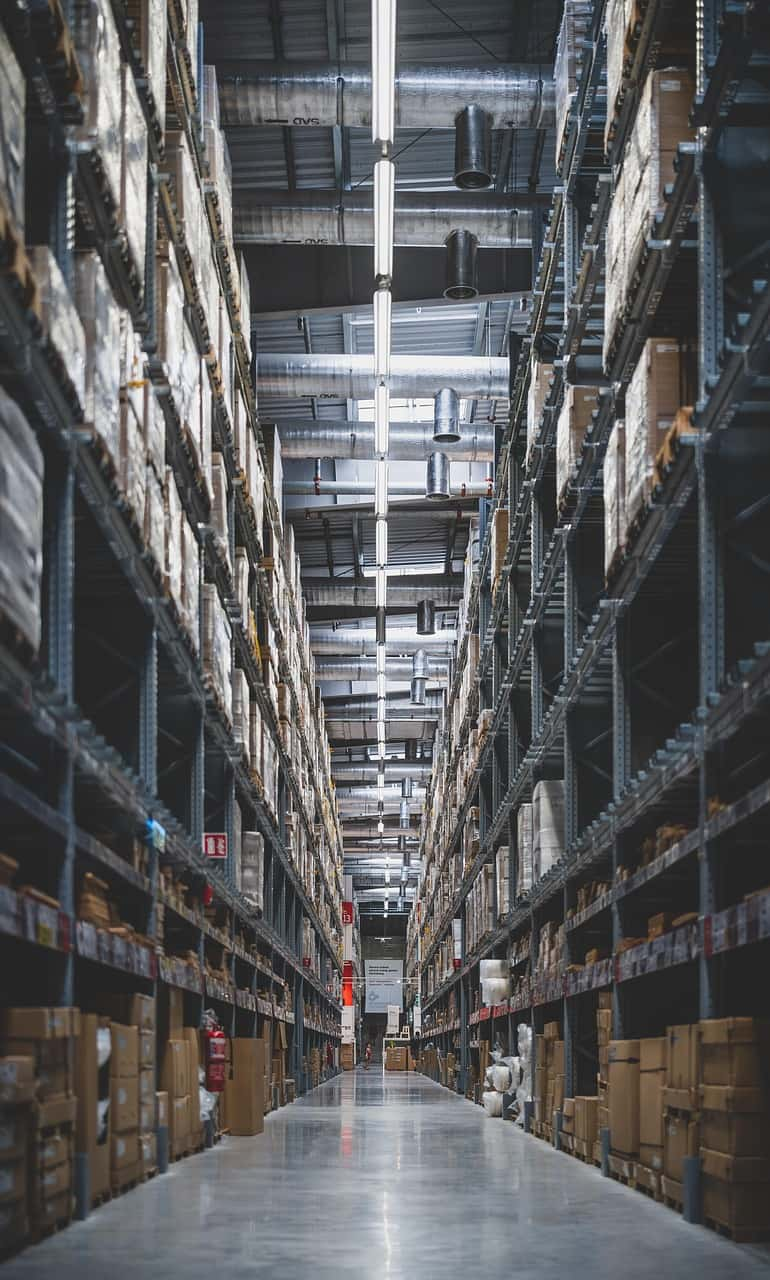US Customs Inspection Guide: How to Prepare Documents and Improve Clearance Rates
Facing a US customs inspection doesn’t have to mean delays and penalties. With proper preparation and documentation, you can significantly improve your clearance chances and minimize disruptions. Here’s how to prepare your shipments to pass customs smoothly.
Understanding Customs Inspection Types
Routine Documentation Review
Frequency: 5-15% of shipments
Focus: Verification of paperwork accuracy
Typical Duration: 1-2 business days
Prevention: Perfect document alignment and completeness
Intensive Physical Examination
Frequency: 3-8% of shipments
Focus: Comprehensive cargo inspection
Typical Duration: 3-7 business days
Prevention: Proper packaging and accurate description
Targeted Commodity Examination
Frequency: Varies by product type
Focus: Specific high-risk categories
Typical Duration: 2-5 business days
Prevention: Pre-certification and compliance verification
Document Preparation Framework
Essential Documentation Checklist
Commercial Invoice: Detailed description, unit values, total shipment value
Packing List: Item-level breakdown with weights and measures
Bill of Lading/Air Waybill: Consignee details and routing information
ISF Filing: Submitted 24+ hours before loading
Import Bonds: Continuous or single entry bonds
Product Certifications: FCC, FDA, USDA as required
Common Documentation Errors
Value Discrepancies: Different amounts on invoice and payment records
Description Vague: “Gift” or “Sample” instead of proper product names
HS Code Mismatch: Incorrect or outdated classification codes
Missing Signatures: Incomplete authorization on required forms
Industry-Specific Preparation Strategies
Shenzhen Nanshan – Electronics & Technology
Key Requirements: FCC certification, anti-dumping compliance
Documentation Focus:
Detailed component lists with values
Software and firmware declarations
Battery certifications (UN38.3)
Clearance Tips:
Pre-register electronic products with FCC
Provide technical specifications for specialized equipment
Include RoHS compliance declarations
Dongguan – Furniture & Wood Products
Key Requirements: Wood packaging compliance, formaldehyde standards
Documentation Focus:
Wood species and treatment certificates
Material composition breakdowns
Country of origin for all components
Clearance Tips:
Ensure ISPM-15 marking on all wood packaging
Provide laminate and finish composition details
Include assembly requirements and hardware lists
Bao’an – Consumer Goods & Accessories
Key Requirements: Product safety, labeling compliance
Documentation Focus:
Ingredient and material disclosures
Safety testing certifications
Country of origin marking
Clearance Tips:
Provide children’s product certificates (CPSC)
Include flammability ratings for textiles
Document lead content for applicable items
Pre-Inspection Risk Assessment
Red Flag Identification
Value Patterns: Consistent undervaluation across shipments
Description Issues: Vague or misleading product descriptions
Origin Questions: Suspicious country of origin claims
History Factors: Previous violations or pattern of errors
Mitigation Strategies
Internal Audits: Review documents before submission
Third-party Verification: Use compliance experts for complex shipments
Training Programs: Educate staff on common pitfalls
Documentation Templates: Standardize formats to reduce errors
Proactive Compliance Measures
Pre-Shipment Actions
HS Code Verification: Confirm classification with binding rulings if needed
Regulatory Research: Identify required certifications for your products
Document Collection: Gather all necessary certificates before shipping
Partner Vetting: Ensure suppliers provide accurate information
Shipping Process Integration
Document Review: Check all paperwork 48 hours before departure
ISF Timeliness: File Importer Security Filing within required timeframe
Carrier Communication: Provide complete documentation to transport partners
Record Keeping: Maintain digital copies of all submission documents

When Inspection Occurs: Response Protocol
Immediate Actions
Notify all supply chain partners of the inspection
Provide requested documents within 24 hours
Designate a single point of contact for customs
Document all communications and requests
Damage Control
Cooperate fully with customs authorities
Provide additional information promptly
Work with experienced customs brokers
Learn from the experience to prevent recurrence
Performance Improvement Metrics
Clearance Rate Tracking
Measure time from arrival to release
Track inspection frequency by product category
Document reasons for examinations
Calculate costs associated with delays
Continuous Improvement
Analyze examination results for patterns
Update documentation procedures based on findings
Train staff on specific issues identified
Implement corrective actions for recurring problems
Technology-Enhanced Compliance
Digital Tools
Automated document management systems
HS code classification software
Compliance database integration
Electronic submission platforms
Process Integration
Connect order systems with shipping documentation
Implement quality checks at document creation
Use tracking for submission status monitoring
Maintain central repository for all compliance documents
Actionable Preparation Checklist
Pre-Shipment Documentation
Verify HS code accuracy with multiple sources
Confirm product values match payment records
Gather all required certifications and licenses
Review product descriptions for clarity and accuracy
Ensure consistency across all documents
Shipping Process
Submit ISF within required timeframe
Provide complete documents to carrier
Confirm import bond coverage
Communicate special requirements to all partners
Post-Arrival Readiness
Have documents readily available for customs
Designate inspection response team
Prepare for additional information requests
Maintain organized records for quick access
Building Long-Term Compliance Success
Regularly review and update your compliance strategy:
Monitor regulatory changes monthly
Conduct internal audits quarterly
Train staff semi-annually on updates
Review carrier and broker performance annually
Need help improving your customs clearance rates? We provide:
Customs compliance assessment
Document preparation support
Inspection response management
Get your customs readiness review – Share your primary products and shipping patterns for a customized compliance improvement plan.
Related Posts
How to Handle Shipping Delays and Damaged Goods Like a Pro
How to Handle Shipping Delays and Damaged Goods Like a…
Carbon-Neutral Logistics: A Practical Guide to Green Shipping
Carbon-Neutral Logistics: A Practical Guide to Green Shipping As global…
5 Strategies to Avoid Peak Season Shipping Delays from Shenzhen to USA
5 Strategies to Avoid Peak Season Shipping Delays from Shenzhen…

